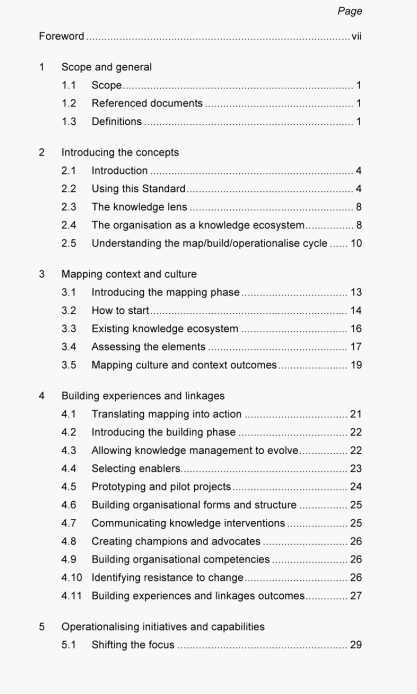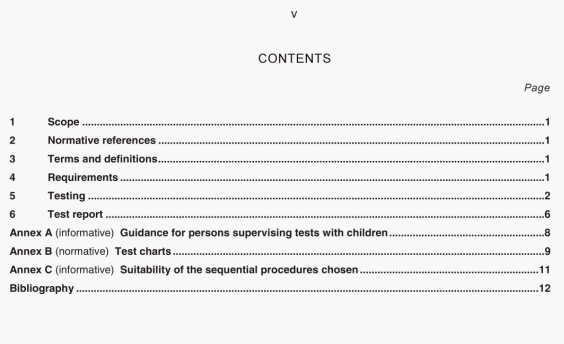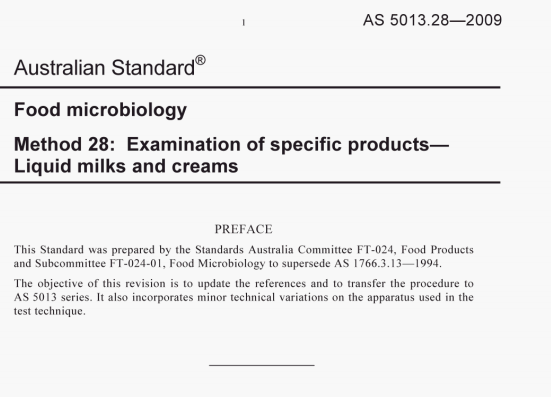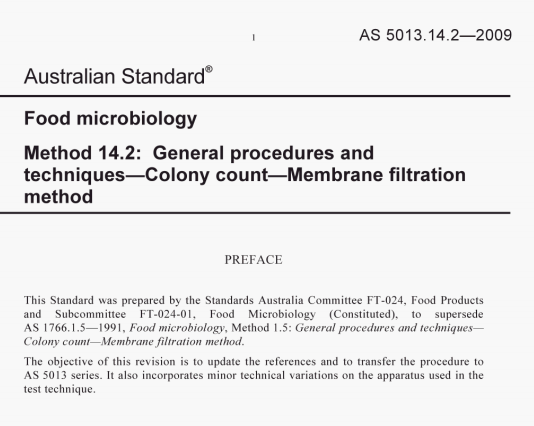Abstract: AS 1767.2.1:1999 pdf download.lnsulating liquids Part 2: Test methods Method 2.1: Determination ofthe breakdown voltage at power frequency. The test voltage is obtained by using a step-up transformer supplied from an a.c. (48 Hz to 62 Hz) v...
AS 1767.2.1:1999 pdf download.lnsulating liquids Part 2: Test methods Method 2.1: Determination ofthe breakdown voltage at
power frequency.
The test voltage is obtained by using a step-up transformer supplied from an a.c. (48 Hz to 62 Hz) voltage source whose value is
gradually increased. The controls of the variable low- voltage source shall be capable of varying the test voltage smoothly,
uniformly and without overshoots or transients. Incremental increases (produced, for example, by a variable auto- transformer)
shall not exceed 2 % of the expected breakdown voltage.
The voltage applied to the electrodes of the liquid-tilled cell shall have an approximately sinusoidal waveform, such that the peak factor is within the following limits: 1.41 ± 0,07.
The centre-point of the secondary winding of the transformer should be connected to earth.
3.3 Current-limiting resistors
To protect the equipment and to avoid excessive decomposition of the liquid at the instant of breakdown, a resistance limiting the breakdown current may be inserted in series with the test cell.
The short-circuit current of the transformer and associated circuits shall be within the range of 10 mA to 25 mA for all voltages
higher than 15 kV. This may be achieved by a combination of resistors in either or both the primary and secondary circuits of the
high-voltage transformer.
3.4 Switching system
3.4.1 Basic requirements
The circuit shall be opened automatically if an established arc occurs. The primary circuit of the step-up transformer shall be
fitted with a circuit-breaker operated by the current resulting from the breakdown of the sample, and shall break the voltage
within 10 ms. The circuit may be opened manually if a transient spark (audible or visible) occurs between the electrodes.
NOTE — The sensitivity of the current-sensing element depends on the energy-limiting device employed and only approximate guidance can be given. Normally, triggering of cut-off by a current of 4 mA maintained for 5 ms is acceptable, while fast energy-limiting
(see 3.4.2) triggering by a transient current of 1 A maintained for 1 ps has been found satisfactory.
Recommended:



